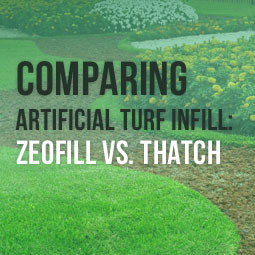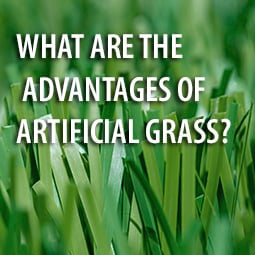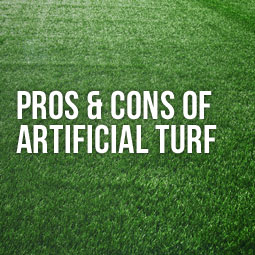 Artificial turf beautifies a lawn and makes it virtually maintenance free. If the right infill is used, it will remain cool, even in the hottest summer. Before installing artificial turf, it is important to know what types of infill materials are available, how often they need to be replaced and whether or not they will require any maintenance. Certain types are easy to work with and require almost no maintenance.
Artificial turf beautifies a lawn and makes it virtually maintenance free. If the right infill is used, it will remain cool, even in the hottest summer. Before installing artificial turf, it is important to know what types of infill materials are available, how often they need to be replaced and whether or not they will require any maintenance. Certain types are easy to work with and require almost no maintenance.
The Benefits of Fill
Zeofill is a relatively new type of infill. It is made up of zeolites but has none of the small quartz rocks that can be found in other zeolite infill products. It is extremely durable and does not need to be replaced or replenished like other types of infill. Zeofill is ideal for homeowners who have pets. It is constructed in the shape of a honeycomb that allows the urine to collect within the chambers. This helps to both isolate and control pet odors. When Zeofill is dry it is tannish and color and resembles thatch. When it is wet, it turns green and helps to keep the artificial turf cool to the touch. It will not expand or contract as the temperatures change and will not become compacted or hard in areas where there is heavy foot traffic.
Is Thatch a Good Idea?
Thatch has been used for years in natural grass lawn as a way to prevent erosion and reduce moisture loss. Artificial turf manufacturers have created an artificial thatch that looks and feels like the real thing. Thatch is often mixed with sand or zeolites to help stabilize the blades of artificial turf. Thatch by itself does very little to protect against pet odors. In most cases, the urine permeates through the fibers and is rinsed away to drain through the small holes in the base fabric. This can still leave behind residue that, over time, will result in unpleasant odors and possible staining or discoloration. Mixing thatch with Durafill or zeolites can help. Eventually thatch may have to be replenished as it becomes more compressed or as it begins to wear away.
Which Is Better?
Both thatch and Zeofill are effective as infill. Combining the two offers the best of both worlds and may actually save the homeowner money in the long run. Thatch by itself is ideal in yards where there are no pets and minimal foot traffic. Zeofill is the best choice when it comes to families who have pets. Its ability to control pet odors without becoming compacted makes it the perfect choice. Rinsing the lawn occasionally, whether you have Zeofill or thatch, can help to keep the fibers cool to the touch and prevent the lawn from becoming a heat source. Certain types of infill have been designed to perform specific functions. Combining two different types can give you a combination of benefits that will suit your needs better than choosing just one particular kind.
Knowing how your lawn will be used and what types of infill works best in certain situations is the key to making the right choice. Talk to a landscaper who installs artificial turf and they will be able to answer any questions you may have. They will also be able to tell you what type of infill is best for your particular environment and climate. Some infill products can be combined with one another to produce a particular texture or look. If you prefer the look and feel of thatch, include a ratio of Zeofill that will help control pet odors and absorb moisture to help keep your lawn cool. It doesn't have to be just one infill or another. Many types blend well together and can be used to provide the maximum benefit all the way around.











